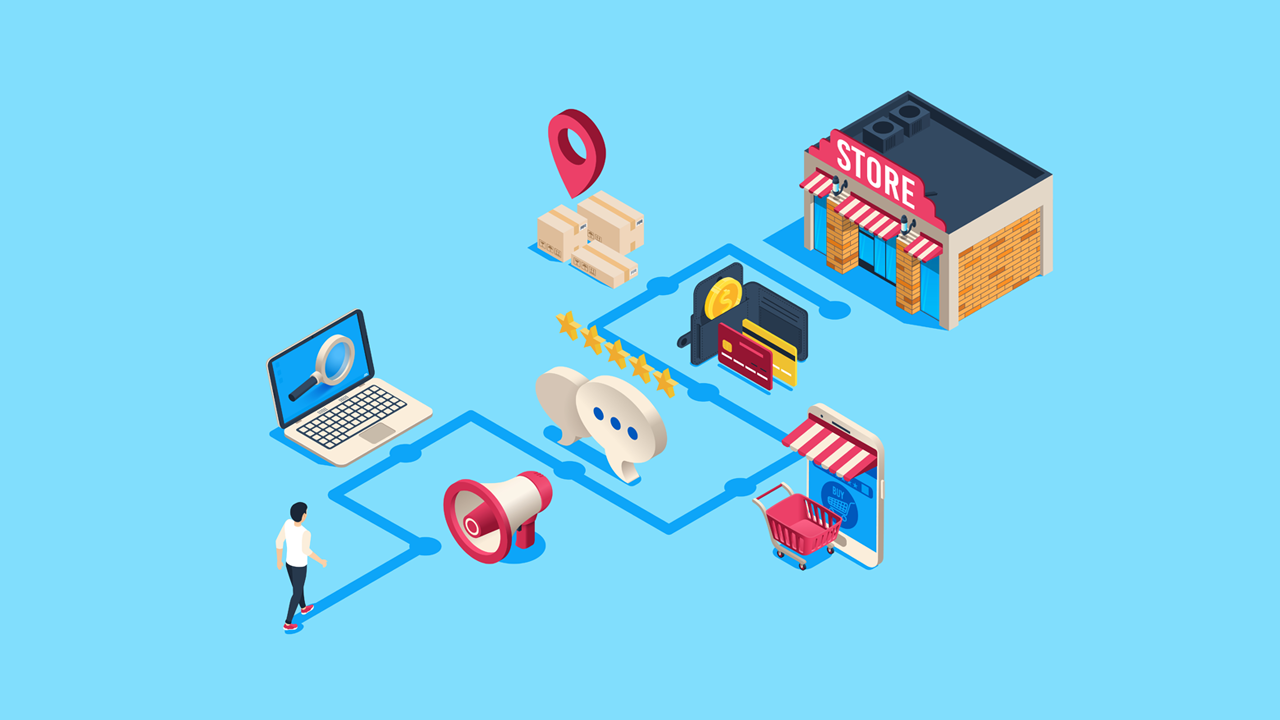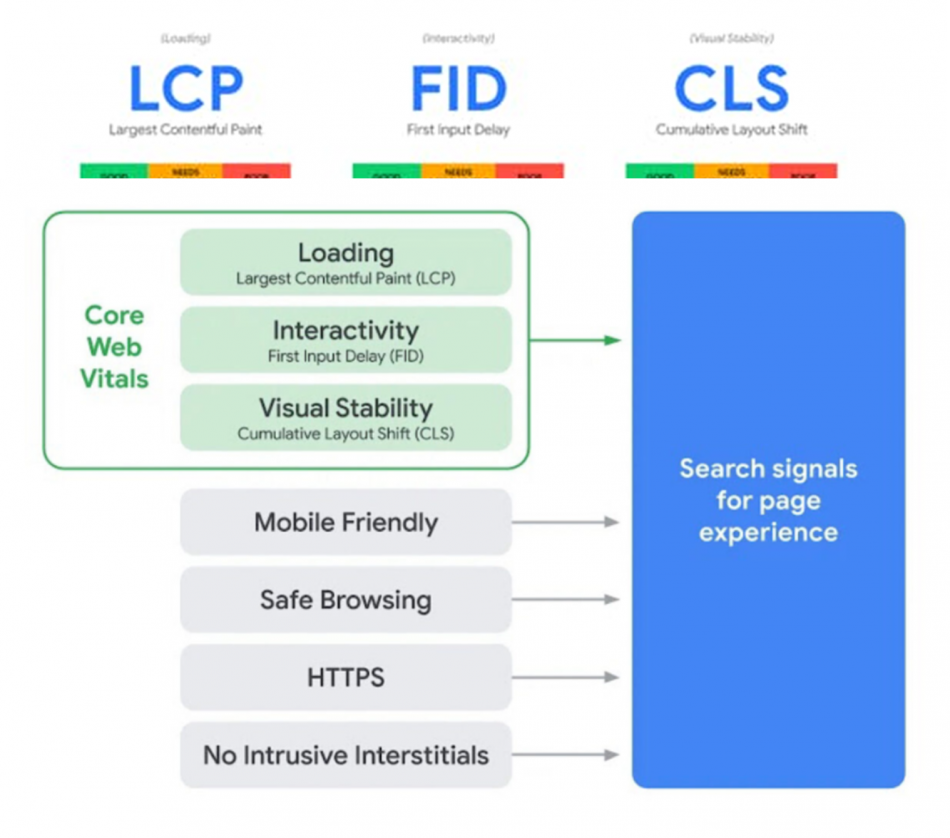Nowadays, businesses from all kinds of industries are hyper-focused on their customers. In fact, customer experience has become a priority, particularly for businesses selling their goods and services online.
That’s why customer (or user) journey mapping has become so popular. It’s a surefire way to visualize the journey of every customer, track their actions, and guide them in the right direction along the way. But to make the most out of your user journey map, you need to address the issues it may have. Hence, here’s how to track and fix all the weakest parts of your user journey map.
What Is A User Journey Map?
To put it simply, a user journey map (aka a customer journey map) is a visual representation of the journey your customer goes through from the point when they first discover your business to the point when they have become a returning customer. User journey mapping is used to better understand how customers think and act to be able to guide their actions in the right direction and get a conversion or sale from them.
User journey mapping is particularly important for UX because it helps you identify the issues in the experience your customers are getting while interacting with your business. In other words, a user journey map can help you detect UX-related problems and find ways to solve them to improve customer experience.
Why Should You Fix the Weakest Parts?
Having a detailed user journey map is essential for you to understand every single segment of your target audience. For example, one user might find your business by searching “pay someone to do my homework online” on the web if you provide writing services while another user could discover your business through word of mouth. You need to be aware of both possibilities because they have two different entry points into the user journey map.
But even if you do have a pretty good user journey map already, there could still be some issues with it that have to be addressed. Every user journey map has weak points that can be improved. Why? Well, here are just a few reasons:
- Improved UX: The obvious. With a better user journey map, you will be able to improve your UX and create better experiences for your customers.
- Lower Risk of UX-Related Issues: When you fix your weakest user journey map parts, you are already solving major issues of your UX. That’s why there is a lower risk of related issues emerging.
- Potentially Higher Conversion Rates: Because you are improving your UX, you can expect to have potentially higher conversion rates. With a more developed user journey map, it’s easier to track the actions of your potential customers and guide them more closely to make a conversion or sale.
#1 Go Through Your User Journey Map Yourself
The first thing you should do is probably the best thing you can do – and that is going through your user journey map yourself. By doing so, you are pretty much getting into your customer’s shoes and going through the steps they would make. However, when you do so, you will realize that some actions seem illogical. These might be the weak parts in your map where you thought the customer would do one action while they actually did another action.
It’s also crucial to keep in mind that you can’t have a single user journey map for all your customers. Your target audience isn’t uniform which is why you need to work with its different segments separately. Create a user journey map for each segment and then test them out. This will make your mapping more accurate and precise.
#2 Perform A Customer Survey to Get Feedback
While it’s great to go through the map yourself, you can’t rely solely on your own knowledge and experience. That’s why you should perform a customer survey to get feedback directly from your audience. In fact, not listening to your customers is by far one of the biggest UX mistakes you could make. Your customers are the ones who can give you the most details about their own experiences which is why you should always listen to their opinion.
Try to reach as many segments of your audience as you can to collect more feedback. To do this, spread your survey through different platforms: on your website, through emails, via social media. Don’t make the survey too long because most people don’t have much time to complete these things. And always thank participants at the end of the survey for their contribution.
#3 Solve the Identified Issues and Errors
Now that you have your own analysis of your user journey map and you have customer feedback, you can actually start solving the identified issues and errors in your user journey map. Remember that your different audience segments will have different user journey maps with each one having its own issues.
When solving the issues, focus on specific parts of your user journey map while also keeping in mind the big picture. You don’t want to fix one thing for an error in a different part of the map to spring up.
#4 Create Alternative Versions of Your User Journey Map
As you solve the issues, apply these changes to the map and see how well it works now that you’ve fixed everything. However, remember that there might be a much bigger underlying problem. Rather than having some weak points in your map, you might actually have a very limited number of user journey maps that don’t cover all of your target audience segments.
Experts from a popular dissertation writing service site explain, “Sometimes, businesses don’t realize just how diverse their audience is. They create user journey maps for some of these segments and then apply them to other segments. The maps aren’t tailored for these other segments, so obviously, they don’t work. That’s when you know that you actually have to create alternative versions of your user journey map for the segments you forgot about.”
#5 Continue Testing and Improving Your User Journey Map
Last but not least, you should always continue testing and improving your user journey map. It may seem that everything is perfect now and working just the way you want it to. Yet the reality is that your audience will not stay the same all the time, especially when your business expands into new markets.
This is why you should keep on testing your user journey map from time to time. This will help you update it by fixing new weak spots. Likewise, you might also have to create new user journey maps for new segments of your audience. But that’s a natural part of growing your business, so don’t be afraid of making such necessary changes.
Final Thoughts
All in all, user journey mapping is a valuable technique every business should try out at least once. It can help you understand your target audience much better and significantly improve your customer and user experience.
However, it’s also important to remember that your user journey map might have weak points that need to be identified and addressed. Use the tips in this article to help you track and fix the weakest parts of your user journey map and eventually strengthen your map.
- How to Empathize with Your Users - May 30, 2023
- How UX Writing Can Help Create Good Design - March 28, 2023
- How to Use Storytelling in UX - January 8, 2023
![]() Give feedback about this article
Give feedback about this article
Were sorry to hear about that, give us a chance to improve.








